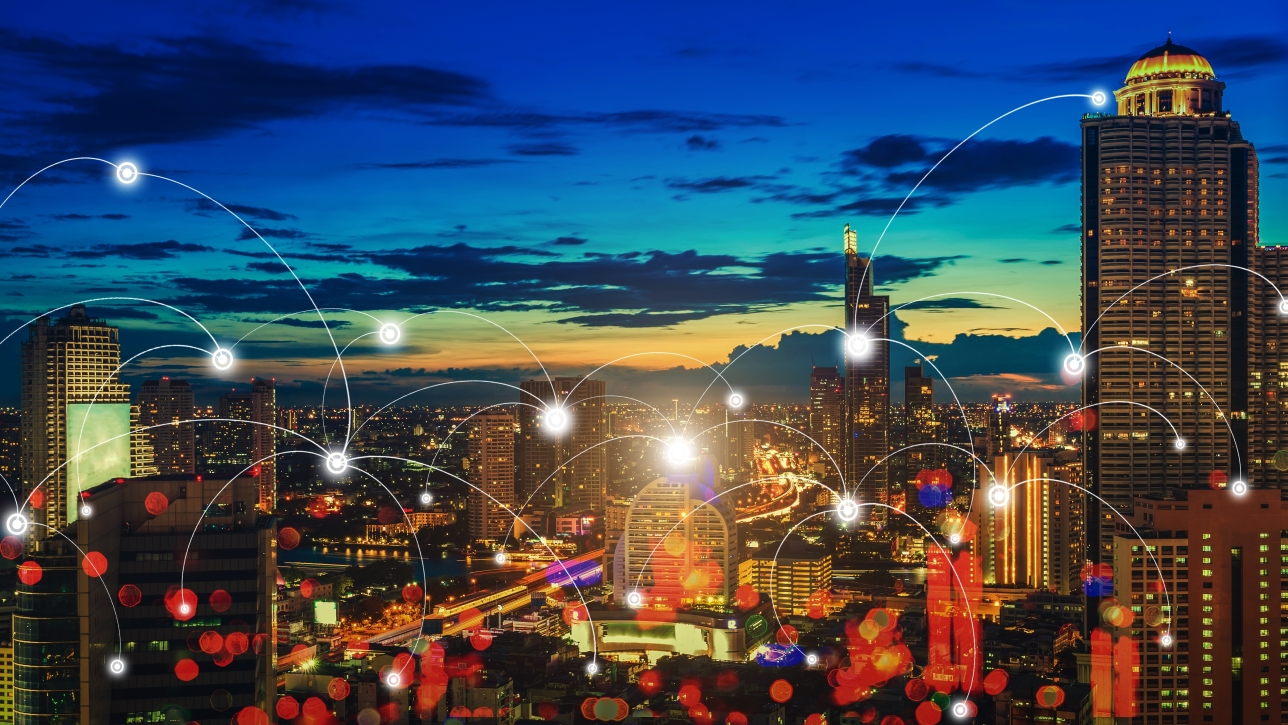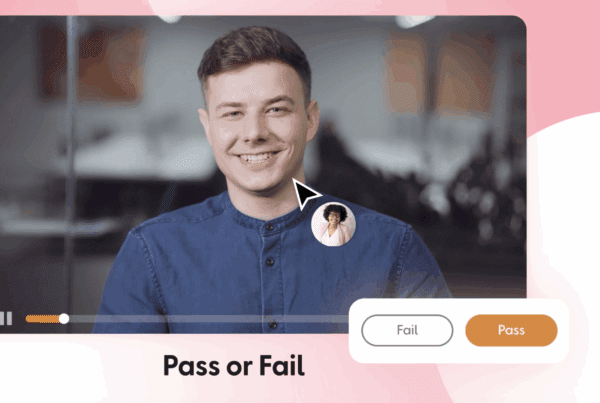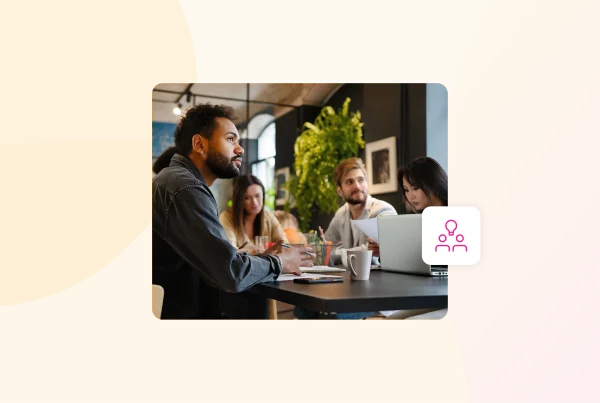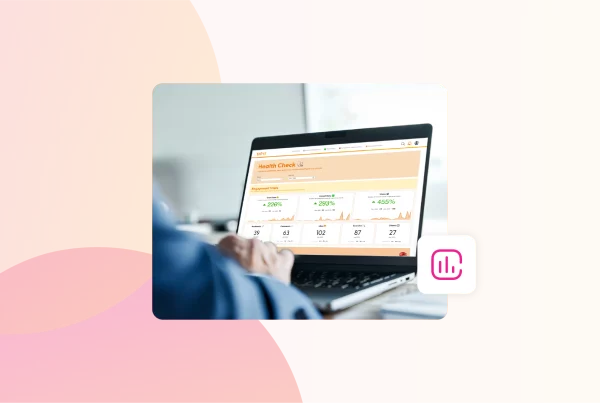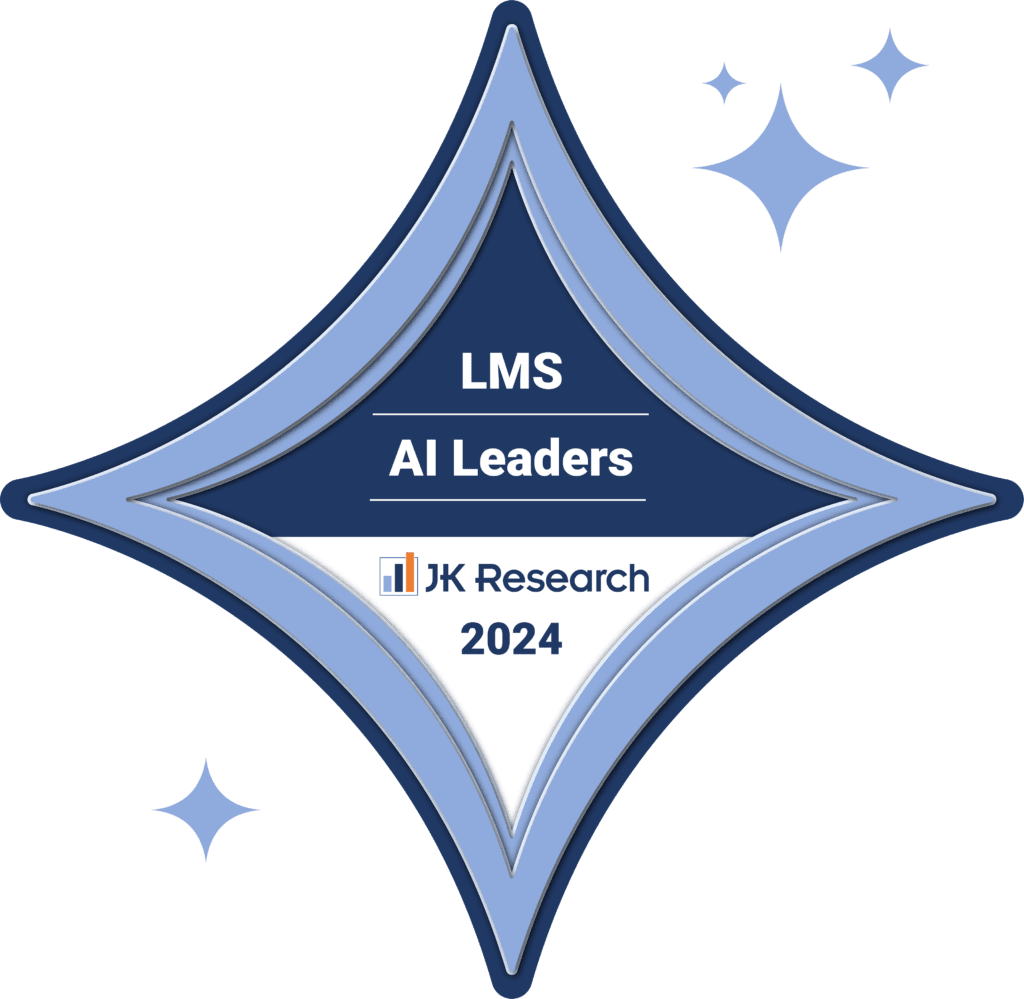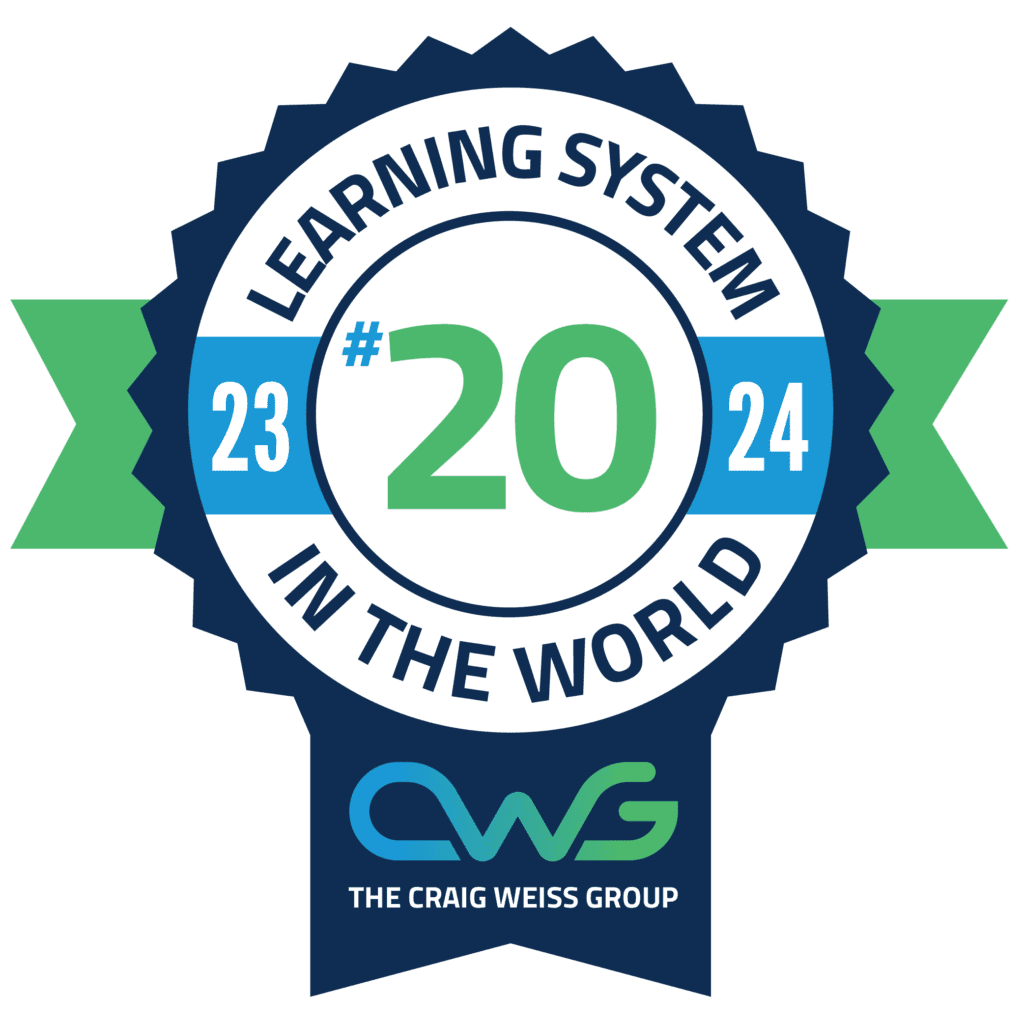Step back two decades and the learning landscape looked very different to what it’s now become – and that’s all down to the changing needs of consumers.
But why and how are they changing and why is it a good thing for learning?
Instant gratification
In today’s world, we’re less patient and more demanding than ever. The evolution of the internet and smart devices means that we literally have instant services and information at our fingertips; we can shop 24/7, (and with same day delivery too), on demand streaming services allow us to be ahead of the curve with the latest TV shows, films and music releases, and with more than 6.5 million apps, there literally is an app for improving just about every aspect of our lives. Tech is helping make life quicker, easier and more immediate for everyone.
Selective surfing
Factors like the ever-increasing digitisation of products and services, disruptive industries opening up new possibilities for the masses, a stronger focus on our own personal health and wellbeing and experiences being king over possessions, mean we have more demands on our time than ever before. But still with only 24 hours in a day, we have less time to share around, so we’ve become much more selective with how we spend that time and seek a higher level of quality and benefit from it.
Superior personalisation
With these increases in the amount of content available to us, the demands on our time and standards we expect, hail the rise of AI! By using artificial intelligence, brands can surface content to us in a highly personalised way, specific to our own tastes, desires and user habits. From the adverts we see when surfing the internet or social media, to the recommended viewing options that pop up on Netflix and YouTube, AI tech is showing us more of what we like, and less of what we don’t. Couple this with our own desires for more relevant content and we have a perfect storm where we both need and expect personalisation.
The battle for attention
Effectively what these changes in habits come down to is the battle to grab and hold our attention.
If content can be ‘filtered’ to be more relevant or interesting to us, then we won’t skip over or ignore that content, we will stay and use that particular platform for longer, we will value it more highly among all the online services that are available to us, and ultimately come back and use it more often. Hook. Line. And sinker.
It’s a behaviour which the likes of Netflix, YouTube and other social media platforms could be credited with curating. Using algorithms, these platforms learn a user’s preferred content and use this to keep them engaged.
It’s only natural, therefore, that as our expectations change, in the main because of technology, similar changes trickle their way into industries other than retail and entertainment. The world of online learning is no exception, and we see this as a game-changing moment!
How are changing consumer habits changing e-learning?
Our increasing demand for personalisation is actually a really positive change for e-learning and the benefits are clear to see.
If we’re able to have tailored, personalised experiences in everyday activities (like shopping and entertainment) then naturally we have come to question why we can’t have the same for our learning where our individual interests and learning needs are reflected in our courses of study. By forming personalised learning, each learner’s learning journey can be customised to play to their specific strengths and interests, and they have a direct input into their own educational path.
There are a number of benefits to this. From increasing engagement among learners (because they’re actually interested in what they’re doing) to helping to boost confidence in individuals who struggle to learn in more traditional ways, personalised learning is now at the forefront of the industry.
The flip side is that it can be a big job if you’re working in HR and have to create personalised learning plans for each member of staff off your own back. That’s where Thirst comes in!
The Netflix of e-learning
Here at Thirst, we’re using smart technology to help learners reach their full potential in the way they want.
How? First, a learner selects the skills they’re initially interested in, setting up their key content parameters. Then Thirst will guide their learning journey by curating relevant content from across the internet in a myriad of different media, that applies specifically to the learner’s personal interests.
The more learners discover and consume content, the more Thirst learns what kind of content they like and how they best prefer to consume it (eg. short videos, informative podcasts, in-depth articles or something else entirely), and then recommends more of these types of learning materials. You could say it’s the Netflix of e-learning! And just how Netflix led the streaming revolution, Thirst is here to disrupt online learning!
